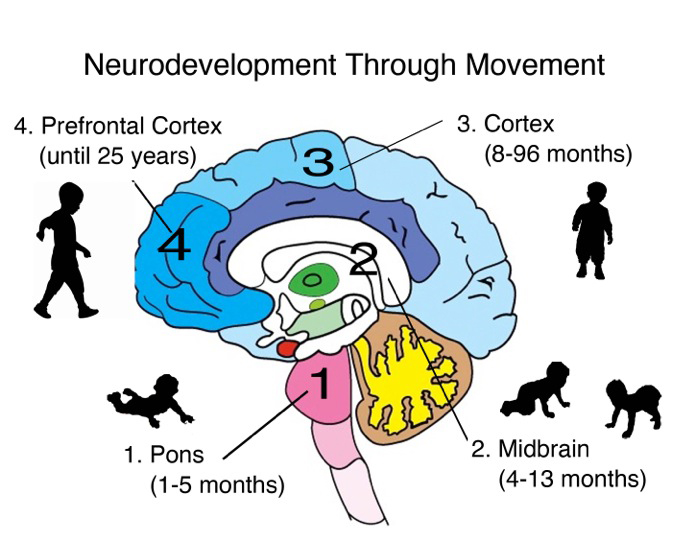Auditory Integration Training
“My 10-year-old child stated after a couple of days into the AIT therapy: ‘The buzzing sound is gone!’. His reading and writing has improved. There has been a great decrease in anxiety.”
“My 10-year-old child stated after a couple of days into the AIT therapy: ‘The buzzing sound is gone!’. His reading and writing has improved. There has been a great decrease in anxiety.”
“I have Rheumatoid Arthritis which is now in remission. I have a new flexibility and sleep very well. This has improved my quality of life.”
– A 92 year old woman
According to the ATEC scoring, my son does not qualify anymore for autism. Yes, I agree with Normand Doidge:
“…many ‘circuits’ and even basic reflexes that we think are hardwired, are not.”
The Brain That Changes Itself
Giving the brain a “second chance” (Sally Goddard)
Mental and emotional flexibility with stability
“The constant busyness in my head, the constant shifting of tasks have all but stopped. I can focus more clearly…My listening skills have greatly increased. Highly recommend for anyone young or old.”
“NeuroMovement® was an integral part of my healing toolbox that helped me go from the couch with chronic daily pain to hiking a mountain.”


The central nervous system (the brain) develops step-by-step, at its highest rate from before birth to one-year old and continues at a rapid rate until 7-years old in order to become an efficient learner.
Neurodevelopment Articles
If your child has missed some of these steps … we can give your child a “second chance”.
You can do the Neurodevelopment Through Movement program at home or come to our clinic for an individualized program.

Rolling – Feldenkrais with Baby Liv
Crawling – Feldenkrais with Baby Liv


Different manifestations of typical and atypical baby movements.
2 Month Comparison Handout
4 Month Comparison Handout
6 Month Comparison Handout

This training DVD, Neurodevelopment Through Movement, allows you to work with your child at home.
Available in English, French and Spanish (click here to order)
"The program of activities makes children go through the same movements which the early reflexes would have dictated their little bodies to make, these same movements will create chemicals at the junction of the muscle and the axons and the chemical markers will make sure that the messages go to the exact part of the brain that nature intended them to go… _we allow the brain to repair itself."
– Svea Gold, If Kids, Just Came with Instructions Sheets! Creating a World Without Child Abuse
